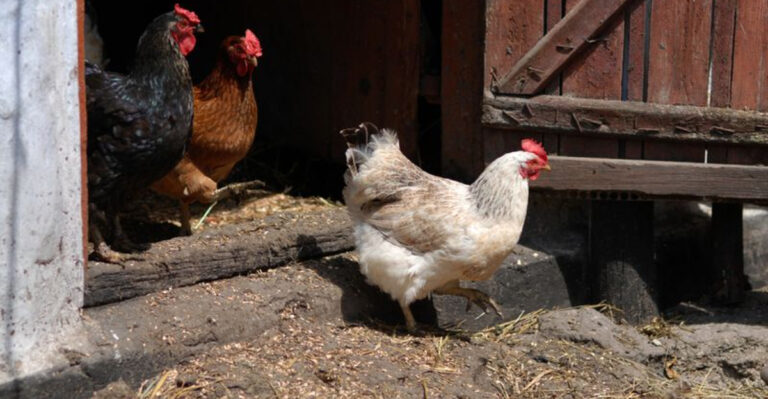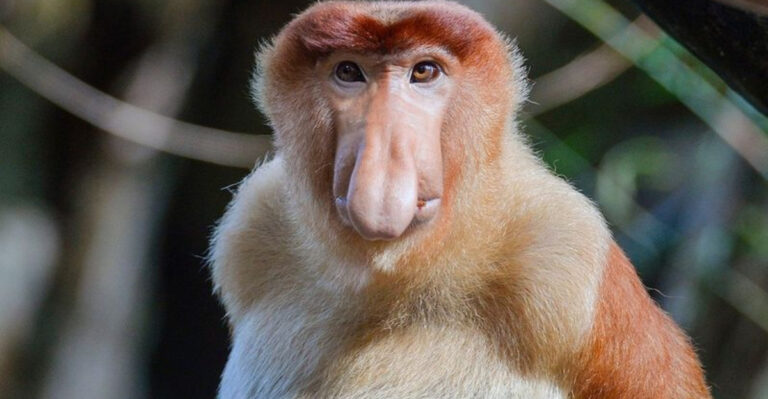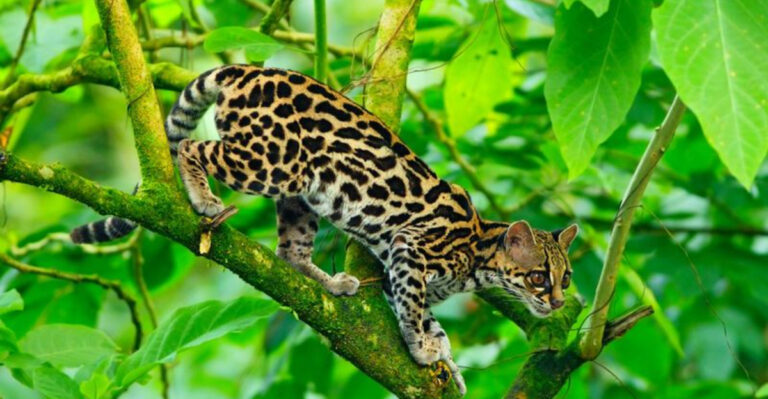Could Cheetahs Make A Comeback In The U.S. Wilderness?
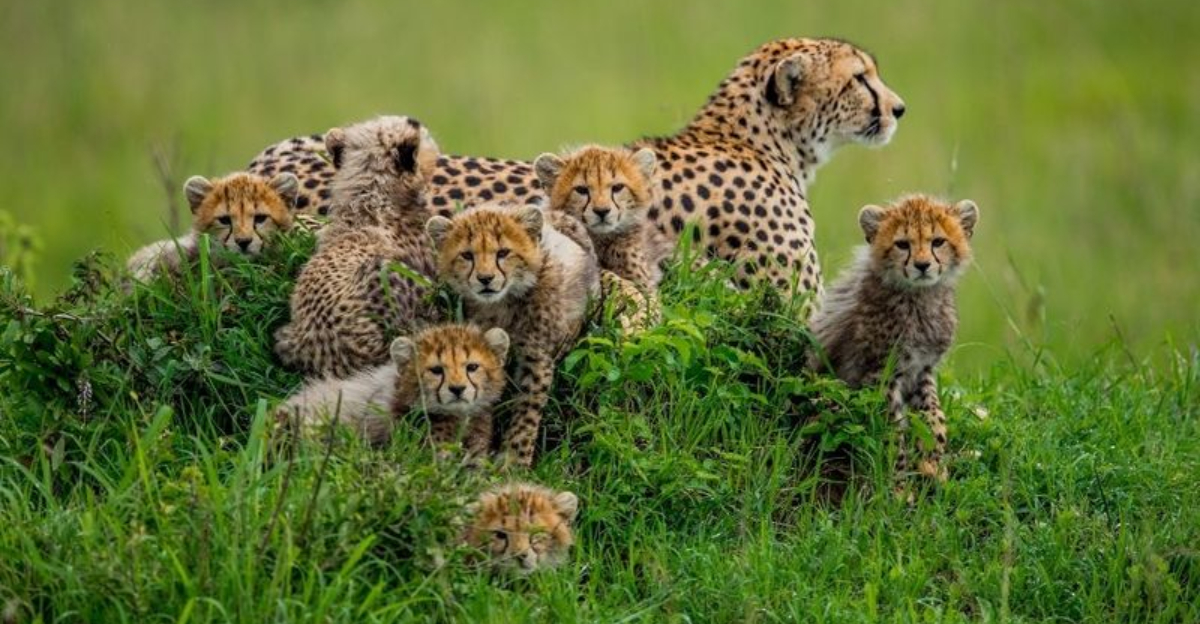
Long before cowboys roamed the American West, a different kind of spotted speedster called these lands home. Ancient cheetahs once sprinted across North American grasslands, hunting prey with the same lightning speed as their modern African cousins.
Their disappearance thousands of years ago left an ecological gap, but some scientists wonder: could these magnificent cats make a comeback in American wilderness?
1. Ancient American Sprinters

Surprised? Many Americans don’t realize cheetahs evolved right here on our continent! The American cheetah (Miracinonyx) hunted across North America for over 2 million years.
These sleek predators weren’t identical to African cheetahs but shared remarkable similarities in build and hunting style. Their fossils have been discovered from Wyoming to Florida, showing they thrived in diverse American landscapes until vanishing about 10,000 years ago.
2. Pronghorns: Living Proof
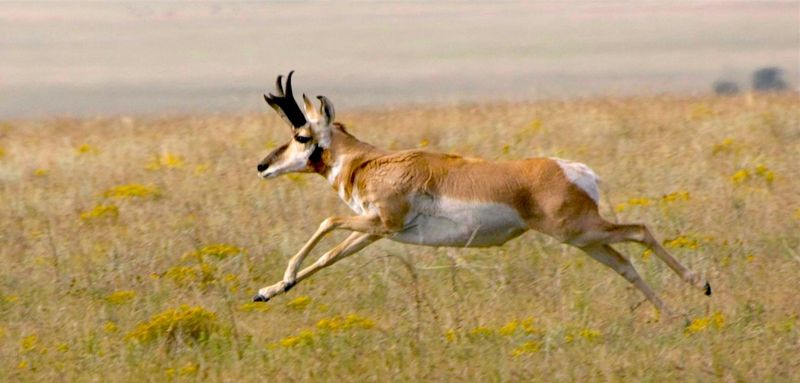
Ever wonder why pronghorns can run 60 mph when no predator in America can catch them? Their incredible speed is essentially an evolutionary leftover from escaping those ancient American cheetahs!
These “antelope” (actually their own unique family) maintain this seemingly unnecessary quickness because their bodies remember predators our landscape has forgotten. This relationship offers fascinating evidence of the ecological connection that once existed between pursuer and pursued.
3. The Great Disappearance
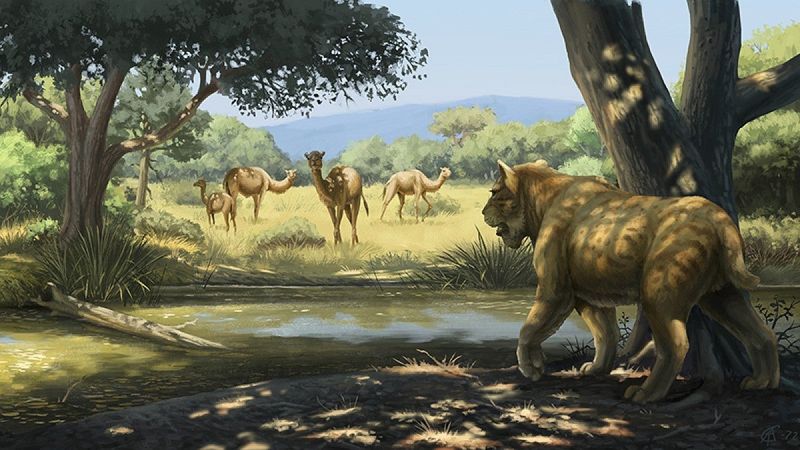
What happened to America’s cheetahs? Their extinction coincided with the last Ice Age, when countless large mammals vanished from North America.
Climate change altered habitats dramatically, while the arrival of human hunters may have delivered the final blow. As prey animals like ancient horses and camels disappeared, specialized hunters like cheetahs couldn’t adapt quickly enough. Their extinction left a vacancy in the predator-prey relationship that remains unfilled today.
4. The Modern Rewilding Movement
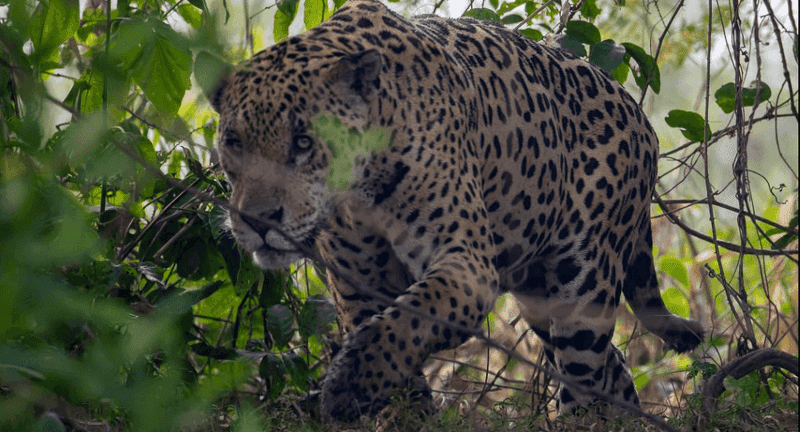
Rewilding represents a bold conservation approach gaining momentum worldwide. Rather than simply preserving what remains, it aims to restore lost ecological relationships and reintroduce missing species.
Successful examples include wolves returning to Yellowstone and European bison making comebacks. Advocates argue cheetahs could fill a similar ecological niche they once occupied. The concept challenges us to think beyond conservation toward active ecosystem restoration and reconnection.
5. African Conservation Crisis
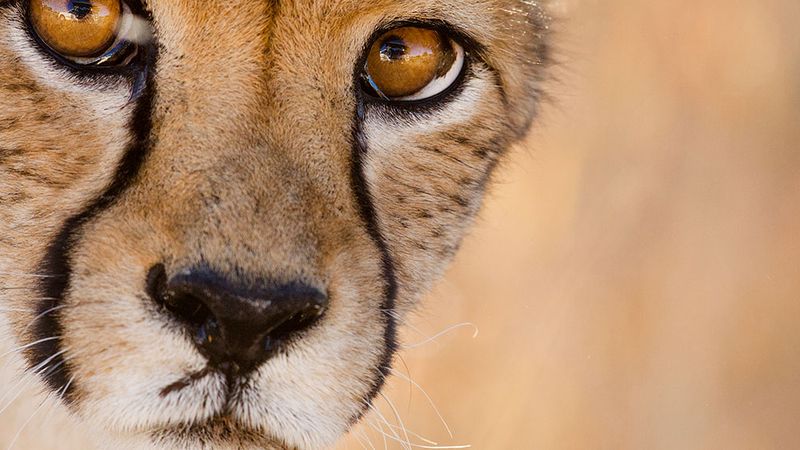
Modern cheetahs face a precarious future in their current range. Their population has crashed from 100,000 a century ago to fewer than 7,000 today, with habitat loss and human conflict driving the decline.
Restricted to just 9% of their historic African range, these cats struggle with genetic bottlenecks from their shrinking population. Some conservationists view potential North American sites as insurance populations – spreading the risk across continents might increase the species’ overall survival chances.
6. America’s Potential Cheetah Habitats
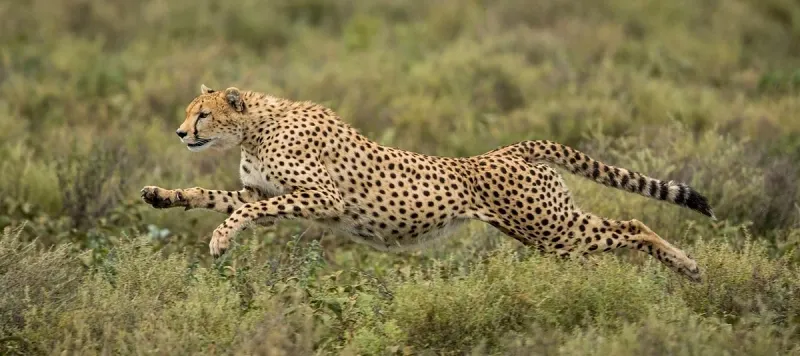
The American West still harbors vast open spaces reminiscent of African savannas. Parts of Texas, New Mexico, Arizona, and Nevada feature semi-arid grasslands with prey species like pronghorn and deer that cheetahs could theoretically hunt.
Certain wildlife refuges and rangelands span hundreds of thousands of acres – space a territorial cat needs. However, these landscapes face fragmentation from roads, fences and development that would challenge cheetahs’ movement patterns and hunting strategies.
7. Ecological Pros And Cons
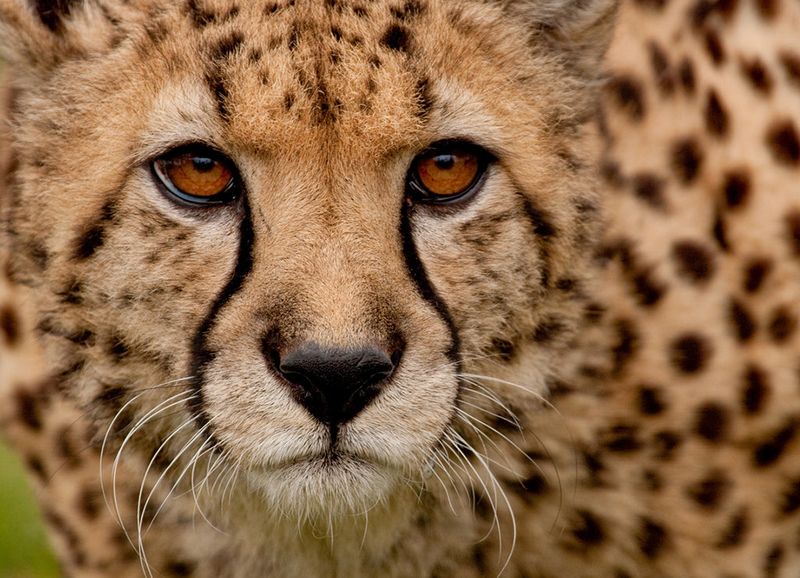
Bringing back cheetahs could potentially restore missing ecological functions. As selective predators, they might help control certain herbivore populations and create beneficial ripple effects throughout the ecosystem.
The flip side? Cheetahs might compete with native predators like cougars or impact protected species. Unlike wolves in Yellowstone, which had been absent only decades, cheetahs disappeared millennia ago. The ecosystem has reorganized itself without them for 10,000 years, making outcomes harder to predict.
8. Legal And Political Hurdles
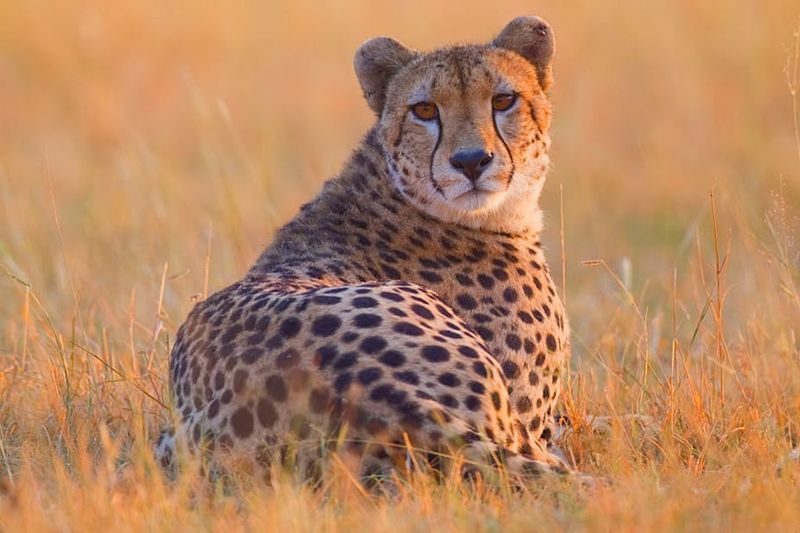
Reintroducing cheetahs would face a regulatory maze. The Endangered Species Act wasn’t designed for bringing back extinct native species, let alone introducing their modern relatives from another continent.
Federal and state wildlife agencies would need to classify these cats appropriately. Would they be considered native wildlife, exotic species, or something entirely new? Ranchers and landowners would likely demand input on any proposal, creating complex political dynamics requiring unprecedented cooperation across diverse stakeholders.
9. Public Perception Challenges
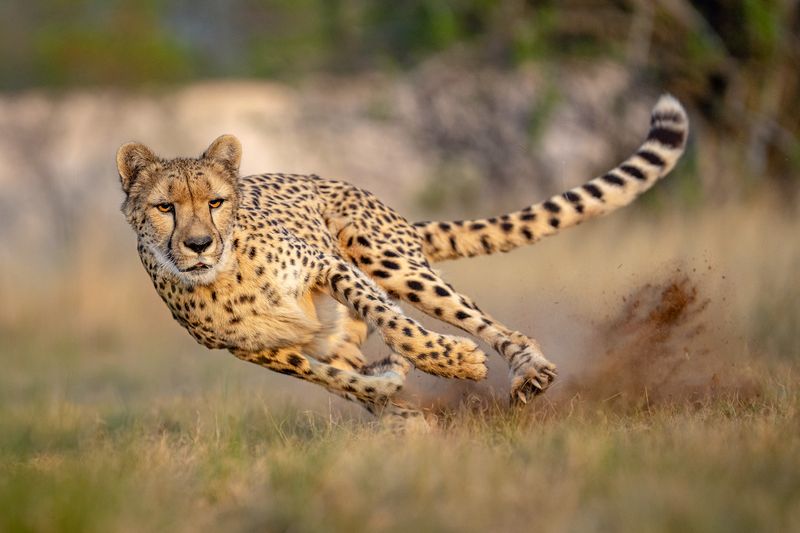
Americans have complicated relationships with predators. While many celebrate wildlife from a distance, those living alongside carnivores often have concerns about safety and livelihood.
Cheetahs might actually face less resistance than wolves or grizzlies since they rarely attack humans or livestock. Their sleek appearance and reputation as the least dangerous big cat could work in their favor. Still, extensive education campaigns would be necessary to build acceptance in communities near potential release sites.
10. Lessons From Wolf Reintroduction
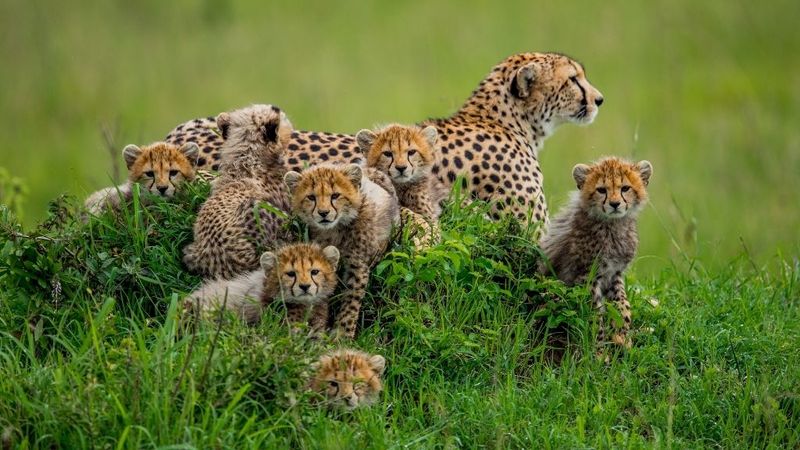
Yellowstone’s wolf program offers valuable insights for any cheetah proposal. Those wolves transformed entire ecosystems in ways scientists didn’t fully anticipate, creating cascading benefits for biodiversity.
However, the social conflicts surrounding wolves continue decades later. Any cheetah program would need careful planning for both ecological and social dimensions. The wolf experience teaches us that successful reintroductions require ongoing management, monitoring, and community engagement – not simply releasing animals and hoping for the best.
11. Captive Breeding Considerations
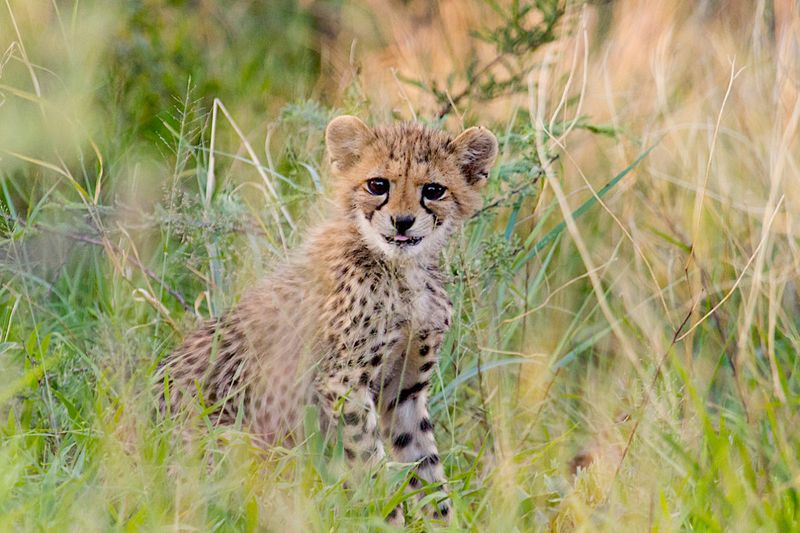
North American zoos house roughly 300 cheetahs in specialized breeding programs. These populations could theoretically provide founders for reintroduction efforts, avoiding taking additional cats from struggling wild populations.
The challenge? Captive-born cheetahs would need extensive preparation for wild release. Hunting skills don’t come naturally without maternal teaching. Facilities like the Cheetah Conservation Fund in Namibia have developed protocols for preparing captive cheetahs for wild conditions, offering potential models for American efforts.
12. Alternative Conservation Approaches
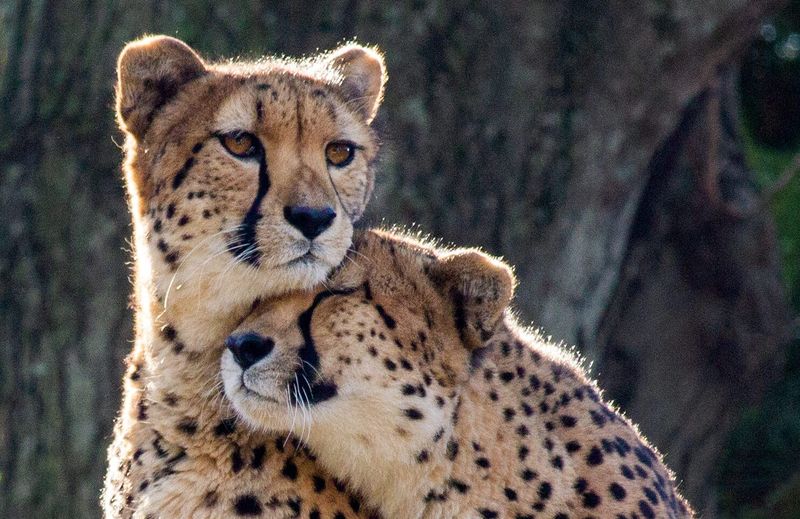
Critics raise valid questions: With limited conservation dollars, would cheetah reintroduction deliver the best return on investment? The millions required might save more cheetahs if spent directly on African conservation.
Others suggest focusing on restoring extinct American species like passenger pigeons through genetic technologies instead. Conservation always involves difficult choices about priorities. Perhaps the most reasonable approach combines protecting cheetahs where they currently live while conducting smaller experimental releases to test feasibility in America.

